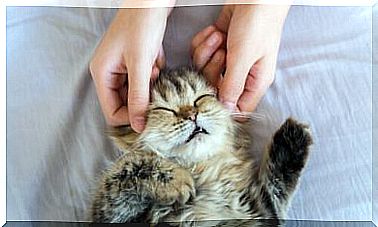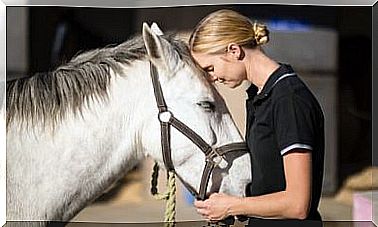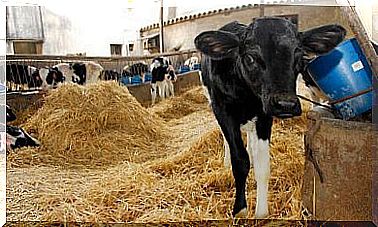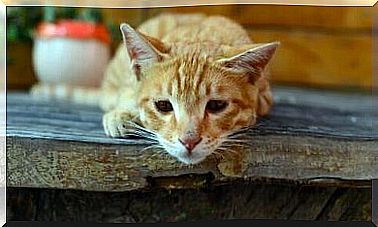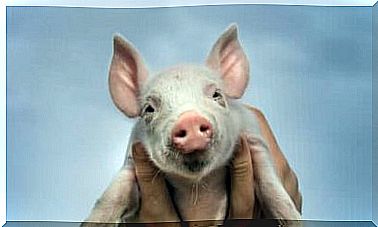Why Doesn’t My Cat Purr?
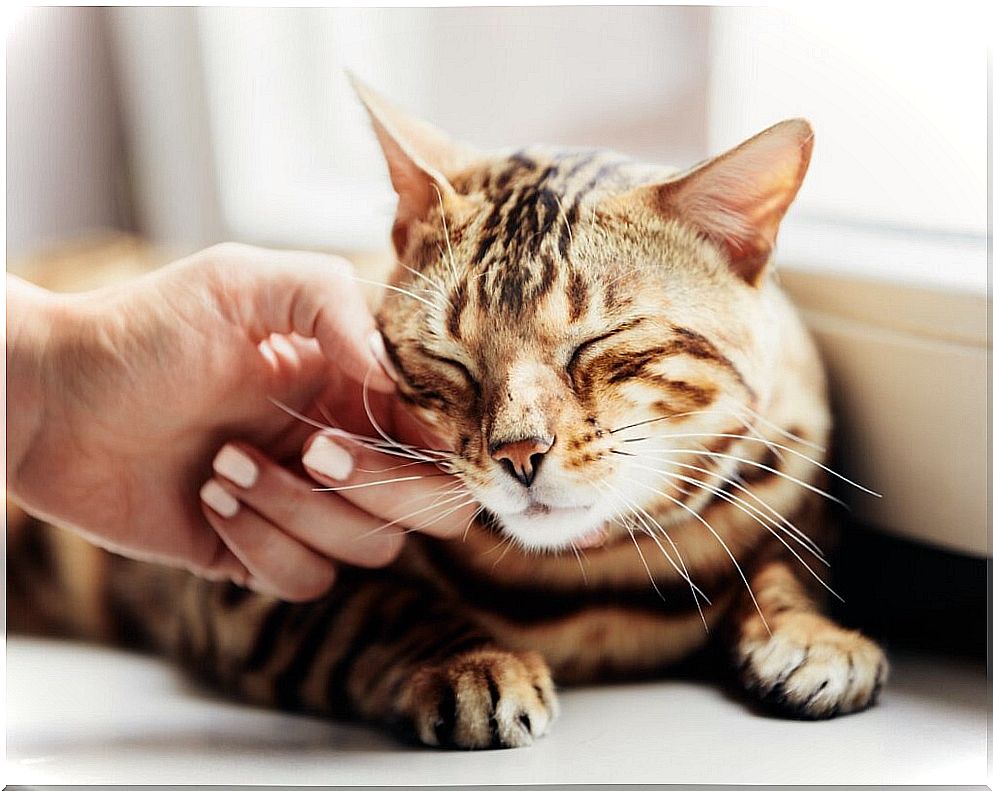
One of the most characteristic characteristics of cats is their ability to purr. This sound is often associated with the animal’s feelings of tranquility, joy and calm towards its owners. However, when the cat is not purring, it is a sign that can alert owners. This situation opens the door to doubts about the health and state of mind of the animal.
In contrast to the common imagination, it is important for every owner to understand that cat purring is not their only form of communication. As a species, cats have different behaviors to express their emotions and, as individuals, each of them has different habits. If you want to know more about the subject, keep reading.
How does my cat purr?
The purr of the cat can be explained as a gentle and constant snore that is always accompanied by a vibration. The latter is more intense in one area of the neck, because according to one of the most widespread theories on this particularity, the purr originates in the cat’s chest, in particular in the muscles of the pharynx.
Beyond the physiological mechanisms, what science has shown is that the cat’s purr generates a release of endorphins. This chemical phenomenon results in a mood linked to feline happiness.

When do cats start purring?
When kittens are born, it only takes 2 days for them to purr. This form of communication is very common during breastfeeding, in which kittens support their front legs to stimulate the flow of milk. On the other hand, this shade is used by kittens to express almost any feeling, from pain to fullness.
This sound also helps cats heal in disease states, and there are even theories that cat’s purring can be used in therapies with humans to reduce stress, anxiety and treat depression. It seems certain that the caresses of a master towards his cat result in a purr, but there are cases in which this is not the case.
Meaning of the cat’s purr
As previously mentioned, your cat’s purr can mean relaxation, happiness, and well-being. Conversely, cats can purr to convey their discomfort to a possible disease or to release stress, so it is common to feel that felines comfort themselves with this act.
Also, it’s important to clarify that purring doesn’t just happen in cats. There are wild relatives – such as the bobcat and lions – that also emit a series of purrs. Regardless of the cat species, purring can have different frequencies and intensities, which would translate a request from the pet to its owner.
Reasons why a cat doesn’t purr
The incorrect correlation that is generated when considering this act as a sign of happiness is a cause for concern when the cat is not purring. However, this situation is not alarming and only the reasons why a cat does not make this particular sound should be known.
Each feline is a different world and its personality is the main factor that determines whether it will purr or not. Here are some “types” of cats based on these claims:
- Cats with an imperceptible purr: it is a purr present in some cats. The sound is so low that it can only be heard if the owner gets close enough to the animal. By attaching the ear to the cat’s body or placing your hand on the animal’s neck, you can see the set of vibrations.
- Cats that stop purring: A cat’s identity and behavior varies over the years. Because of this, a feline can stop purring, just like cats that don’t purr can start purring. However, if your cat doesn’t purr after a major change – like a move – you need to go to the vet.
- Cats that do not purr in any way: this behavior is due to the character of the cat, so it does not translate into any disease related to not purring. Each feline chooses the form of communication that is most comfortable for him, from which he will express his feelings and emotions without problems.
Cats that don’t purr but rub themselves
Another form of communication for a cat that does not purr is to rub against the part of its owner that is most accessible to it. Usually the face, hands or legs are the areas closest to cats. This behavior causes the feline to release endorphins and mark their owners with their distinctive smell.
Cats that don’t purr but bite and meow
Another of the most recognized sounds of cats is their meow. With these, they try to convey a specific request or sentiment to their owners. Likewise, non-purring cats may express different feelings through play or warning bites. We show you some types of feline acts in the following list:
- Attention meow: requests expressed by the cat to pet or feed.
- Loving bite: A cat may grab a part of its owner’s body – such as a finger or nose – with its mouth to express its love without hurting.
- Meow for the cat that goes out or enters: it occurs when the cat wants to leave the house or enter it after a walk.
- Game Bite: Due to the predatory nature of the cat, it is common for your pet to bite while playing while he is playing. This behavior helps the cat regulate jaw strength.

As you appreciated, the fact that a cat does not purr does not mean that they have any physical problems or that this is a sign of some disease. It is important to pay attention to each pet’s character and behavior, and to consult a professional in case your cat suddenly stops purring.


